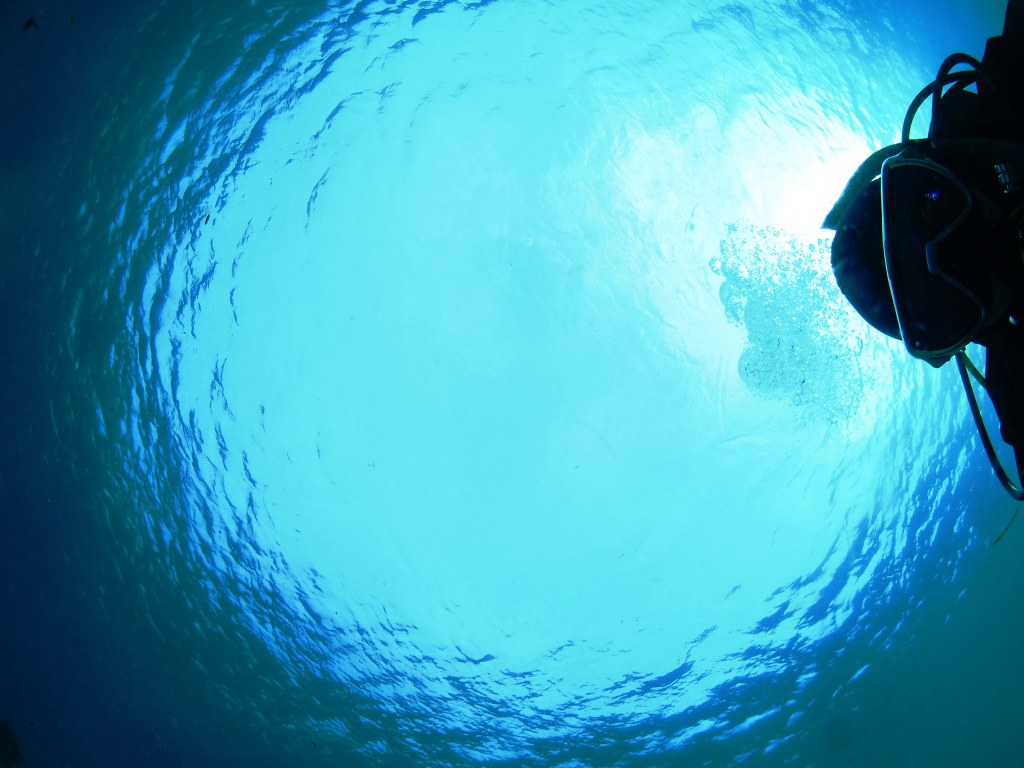As we’ve seen before in a talk by David Eagleman, that there is nothing like colors really. They are simply electromagnetic waves with varying wavelengths. Colors are perceptions created by our brains that give us an evolutionary advantage to differentiate things easily. Without colors it would have been really difficult for us to spot fruits on trees. Of course that is just one of the millions of examples of how colors help us.
Perception kept aside for a while, we actually do know that there is a spectrum of visible light as we see it – ranges from violet to red. We see this spectrum on rainbows and thin films. Each of these colors on the spectrum is a wave (and particle) that has a particular frequency.
Mysteriously, the universal symbol of love, the color pink, is absent in this spectrum. There is no specific frequency for the color pink. There is no pink. Still we see it. So, what is pink, really? If it isn’t in the spectrum, why do we see it?
Why do we see pink?
Single type cone alone: We detect colors through these things called cones that are present at the back of our eye. There are 3 types of cones – let us call them red, blue and green. So, if an object absorbs all the white (sun) light and sends just the red color [waves] towards your eyes, red cones get activated and your brain tells you, you are seeing the color red. Similarly, green or blue cones get activated when the respective green or blue waves come towards your eye and then you are able to see the colors green or blue.
2 of them together: For other colors, things can get a bit complicated. To see pure yellow, both red and green cones have to get activated. Similarly, when green plus blue cones get activated, you see cyan, and blue plus red cones let you see the color magenta.
But cone aren’t switches that go either one or zero. They are like sliders. For instance, to see the violet color, your blue cones get fully active, while the red cones are activated only to a certain extent. As a result, your brain says, violet! That is 2 types of cones working together.
3 of them together: Now let us see how three of them work together. The color white activates all the 3 type of cones fully. Black activates none. And so on…
Pink does something similar as it uses three types of cones. To see pink, all three types of cones have to work together. When red cones get fully active and the other two are only partially activated, we see the color pink.
So, even if objects don’t reflect magenta, yellow or pink (or several other RGB combinations like that), our cones can send mixed signals to our brains and the brain in turn creates these colors for us. In reality, they don’t exist.
[Read more]
What is pink really?
Henry Reich of minute physics, in his video explains this by referring to pink as white minus green. So, according to them, the color pink is actually minus green. In short, absence of green color is nothing but pink. I’ve attached the video below:








